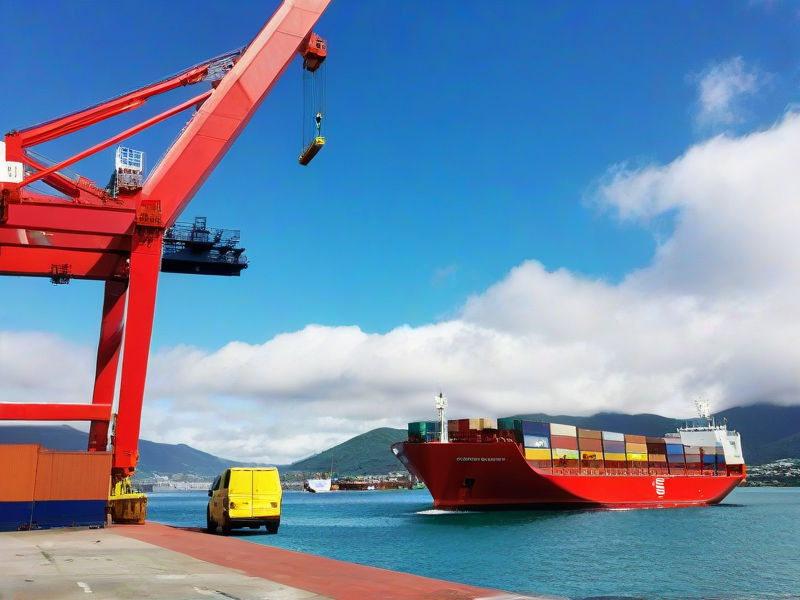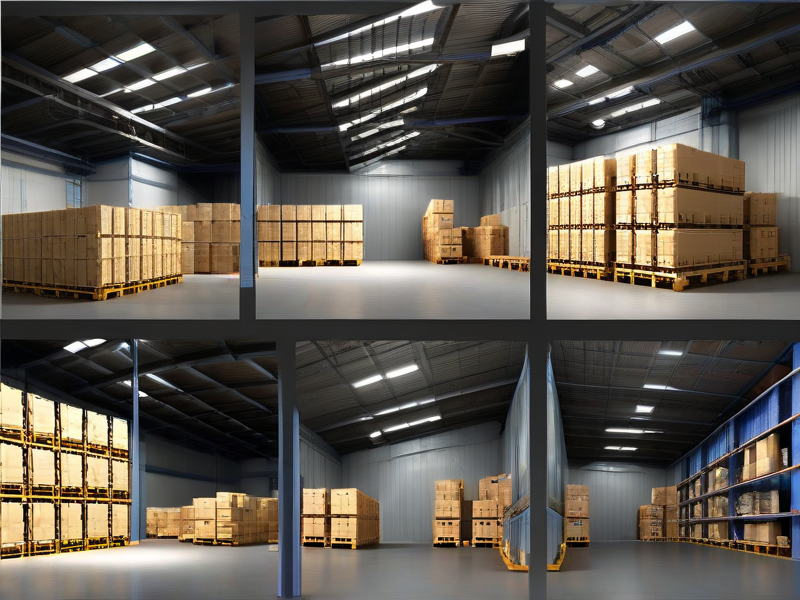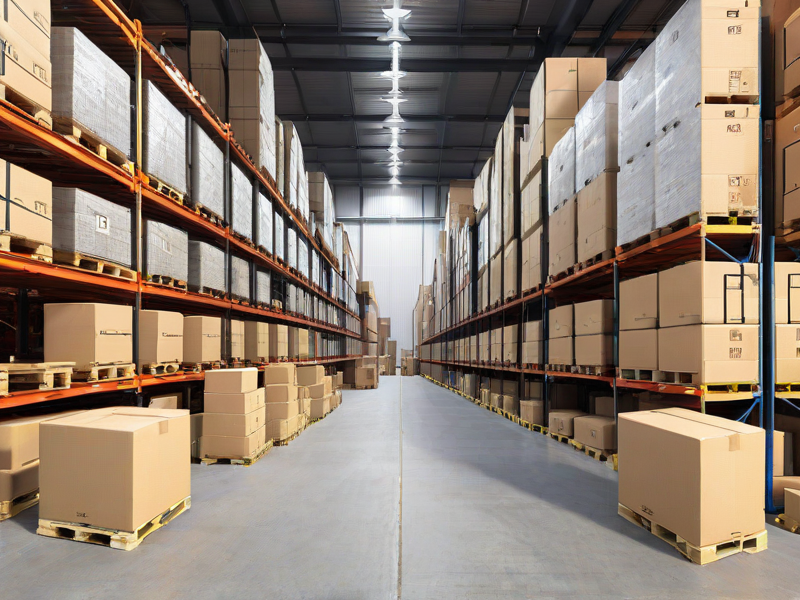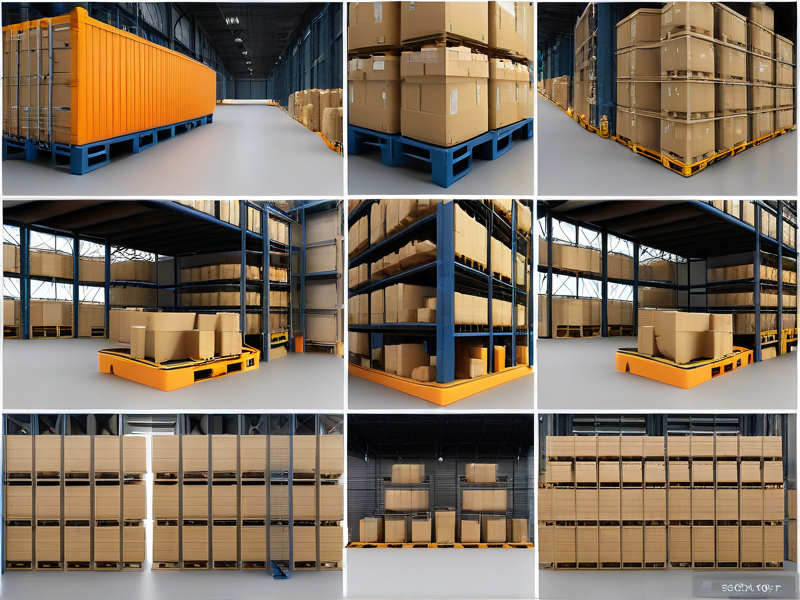Southeast Asia has become the “first stop” for cross-border e-commerce. Besides considering the vast and underserved market, the convenience and speed of sea freight are also important factors for cross-border sellers.

“As a cross-border seller, the most important thing is the timeliness of logistics; price is secondary,” a Southeast Asian cross-border seller told Xiaguang News. He operates a small domestic brand, with physical stores and procurement bases in China, and only has an online cross-border store. He heavily relies on cross-border transportation and local warehousing.

“Many sellers find that logistics prices are not transparent when looking for logistics partners and always need to compare prices,” said the aforementioned cross-border seller. For a cross-border seller targeting Southeast Asian countries, the first task before selling goods is to choose a reliable logistics company. Unlike large platforms with their own logistics systems, most small and medium-sized sellers rely on third-party or fourth-party outsourced logistics companies to handle cross-border shipments. This process is a challenging gamble for both newcomers and experienced players in the industry.

The demand for cross-border logistics in Southeast Asia has increased due to the outbound e-commerce activities from China. Some local freight forwarding platforms in Singapore and Indonesia even help Chinese sellers with customs clearance and freight management.

Investments in logistics related to Southeast Asia have also been rising steadily each year. According to a Ken Research report, the logistics market size in Indonesia reached $239 billion in 2022, showcasing the logistics volume in this island-dense country.

Additionally, the digital systems and network platforms focusing on Southeast Asia’s logistics are gradually improving. From fourth-party and third-party logistics platforms to local logistics giants in Southeast Asia, all are continuously enhancing logistics efficiency from the first mile to the last mile.

 alt=""
alt="" 


 Logistics line quotation
Logistics line quotation Cross-border express order
Cross-border express order 24 hours online customer service
24 hours online customer service Huixiang Cross-border Logistics all rights reserved
Huixiang Cross-border Logistics all rights reserved 






